| However, knowing folklore, even writing inspired poetry about The Cailleach and Bride has not really moved her far from the Isle of Jura for me. I am not suggesting that Jura is her one true locale, or anything like that, merely that she remains localised there for me, at least most of the time. Edinburgh, where I used to live, doesn't have much cailleach folklore that I know of. I thought I encountered her a few times in Colorado - in a mountain snowstorm, or once as I stood on the plains where I lived and watched a blizzard slowly rolling toward me. I think to know a cailleach within a landscape, you need to be intimate with that landscape first. Right: Cailleach figure at Samhuinn celebrations in Edinburgh - JamesIlling Wikimedia CC 4.0 |
| You can help support my work, and also gain access to otherwise unpublished writing and videos by becoming my patron on Patreon, for as little as $2 per month. |
Some of these are also linked in the text above, but it seemed better to repeat them here.
Latha na Caillich A discussion of this day as a holiday from Brian Walsh
La na Caillich An in-depth look at the day from the excellent Tairis site, with many citations
Fools, Cuckoos, The Lady and The Devil - another discussion of La na Caillich, this time from Scott Richardson-Read, including citations
Cailleach folklore in John Francis Campbell's Popular Tales from the West Highlands, including the story of MacPhie and the Cailleach, set on Jura
Beira, Queen of Winter - D A Mackenzie's possibly fanciful telling of the story of Bride, Angus and The Cailleach
Bride and the Cailleach - a good exploration of their possible relationship, with many citations, at Tairis
The Cailleach, or Hag of Winter - a very interesting collection of cailleach stories from folklorist Stuart McHardy
Cailleach Beinn na Bric - translation of a Gaelic poem concerning the Cailleach, interesting for the concepts it contains. You may need to scroll up one page for the introduction.
The Book of the Cailleach - this is a scholarly review of Gearóid Ó Crualaoich's book of the same name by folklorist John Shaw. Included because it provides an interesting discussion on Cailleach folklore in Ireland
The Witch of Jura - a brief telling of the MacPhie legend
Coming of the Cailleach in the British Isles - a mixed bag of information from Rachel Patterson
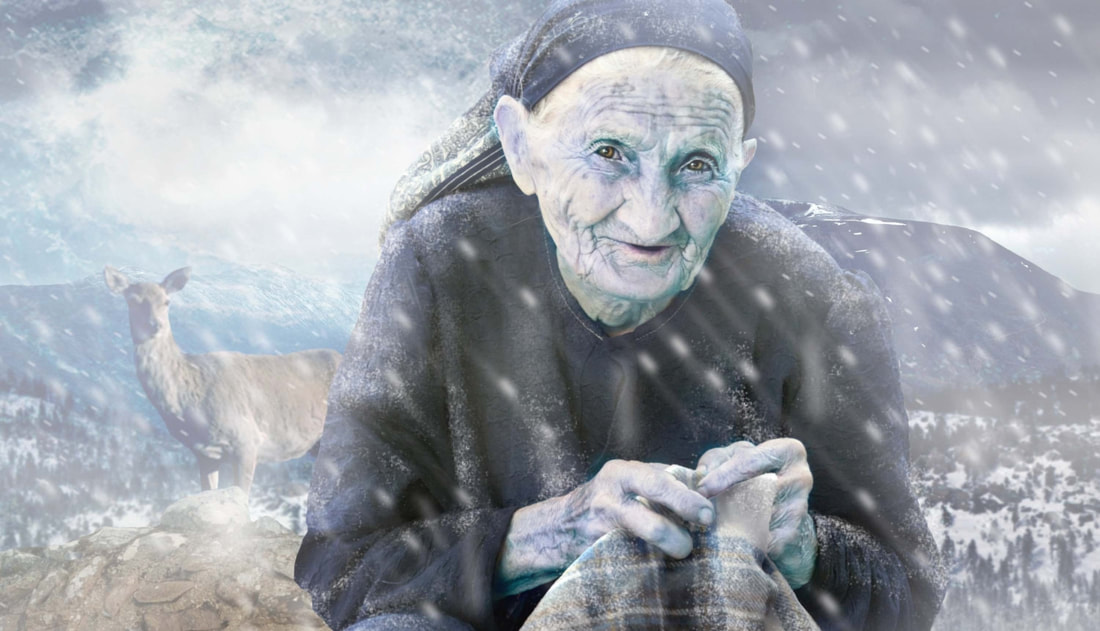
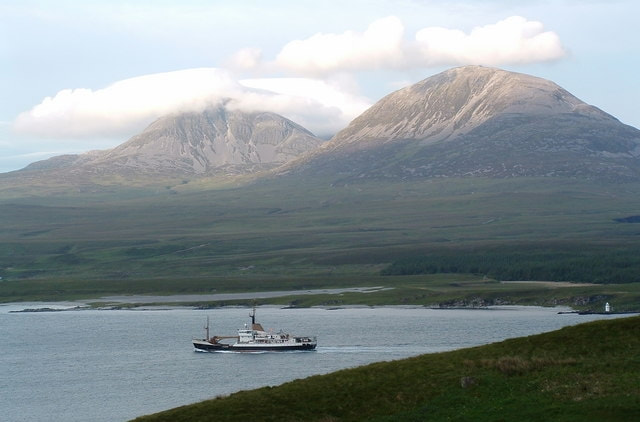
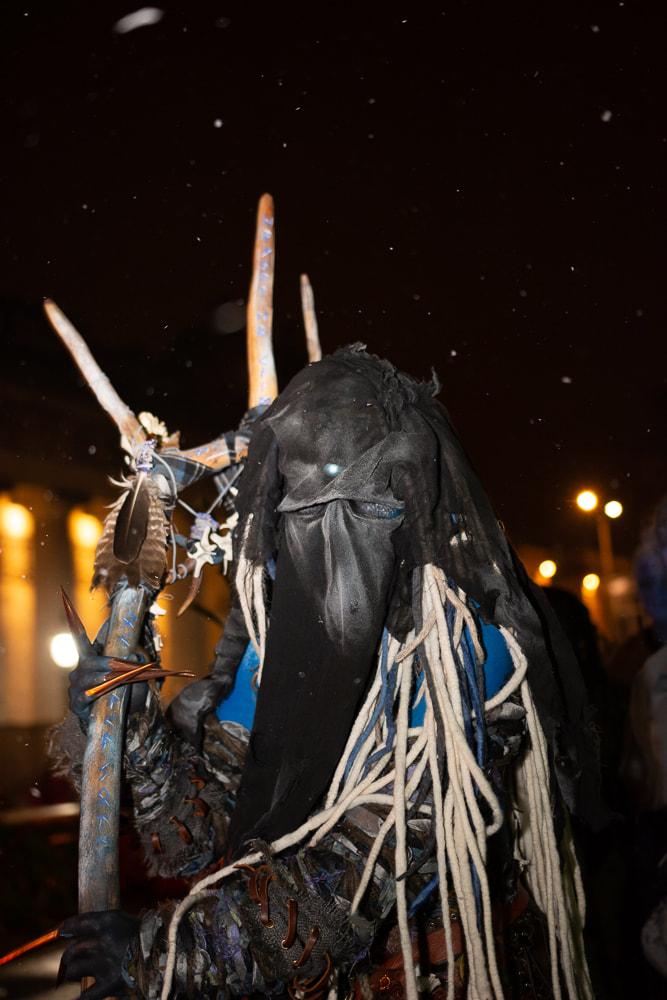
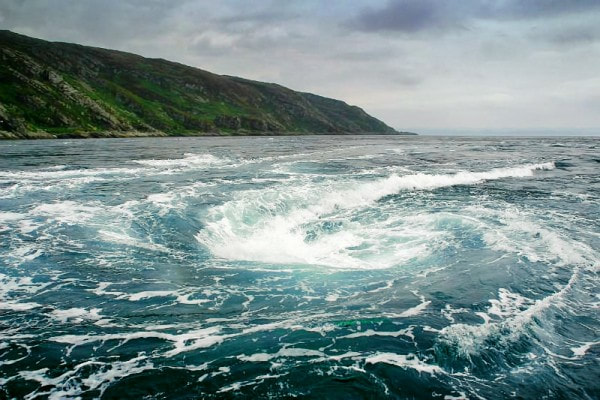
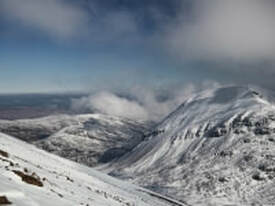

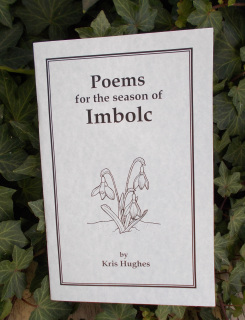

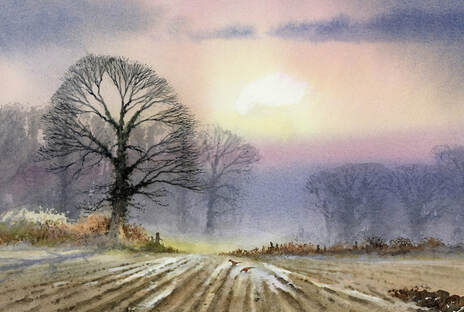
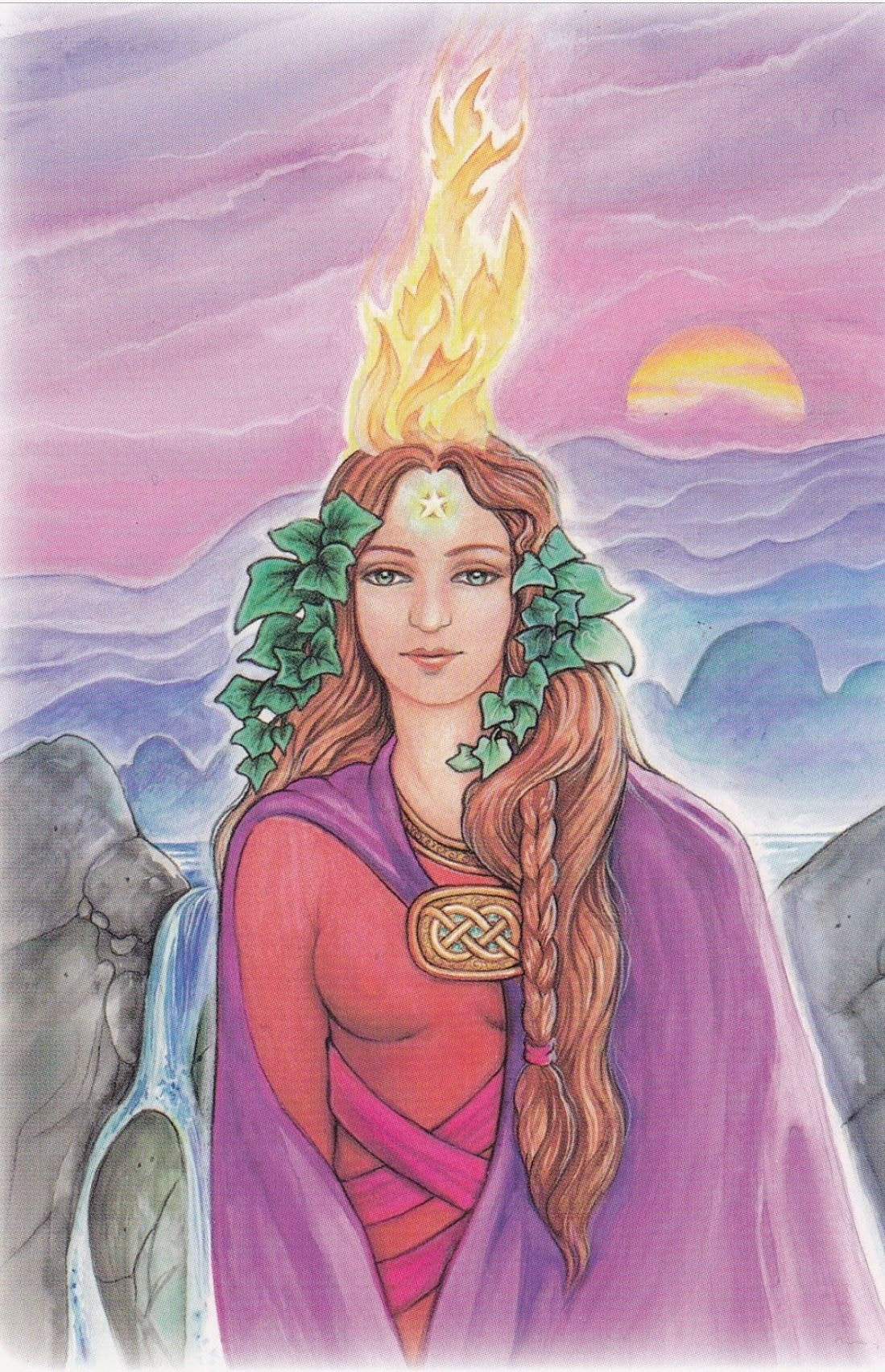
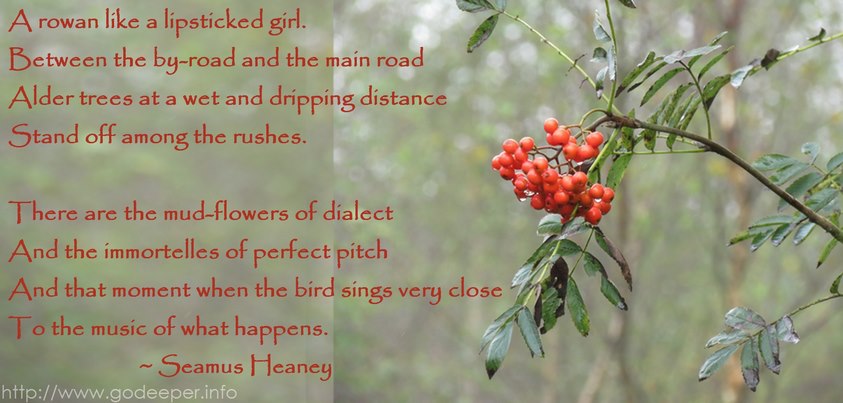
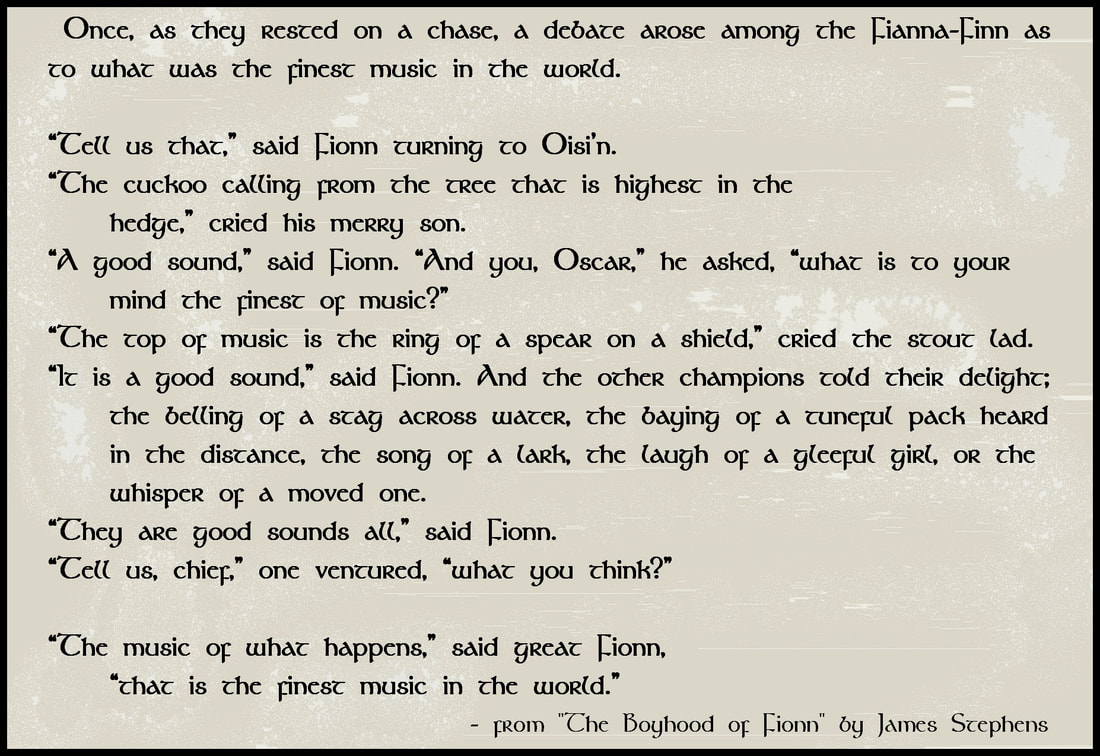
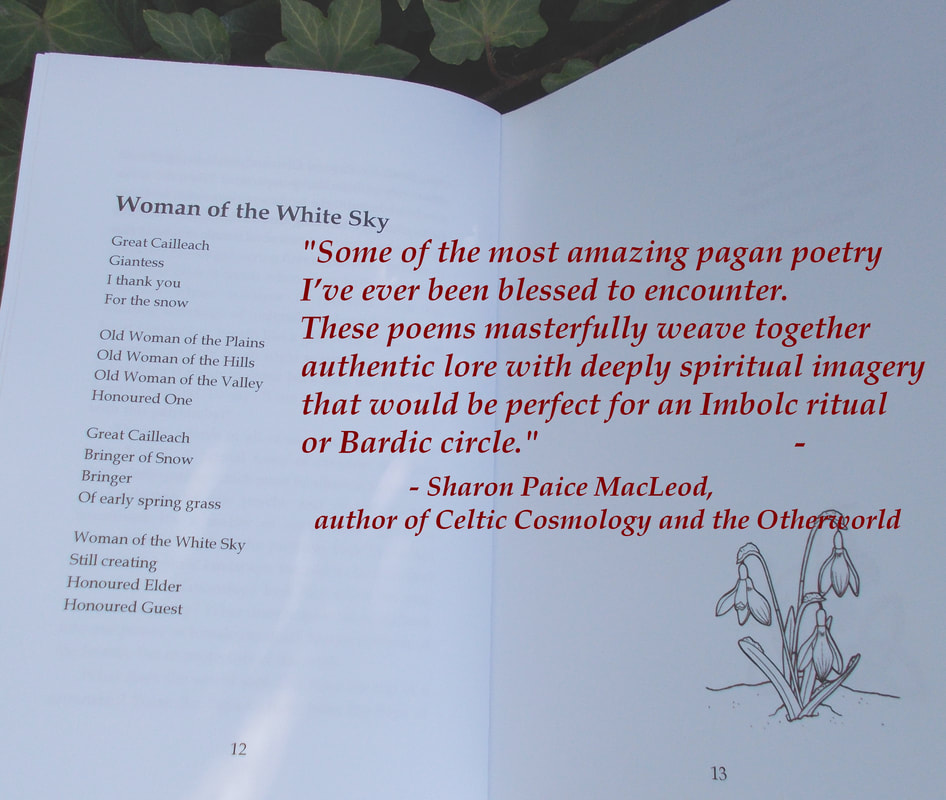
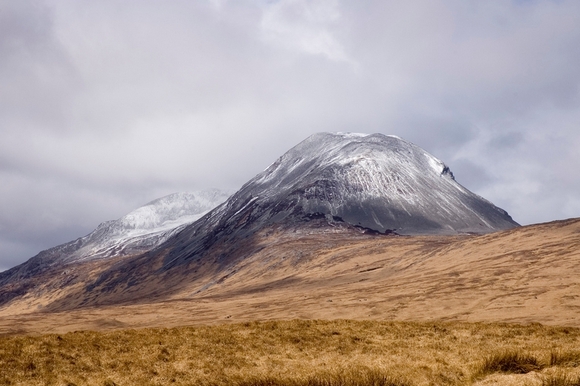

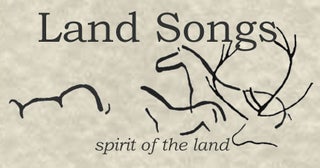

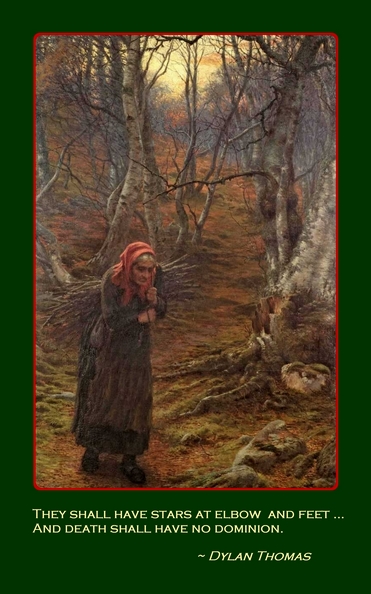
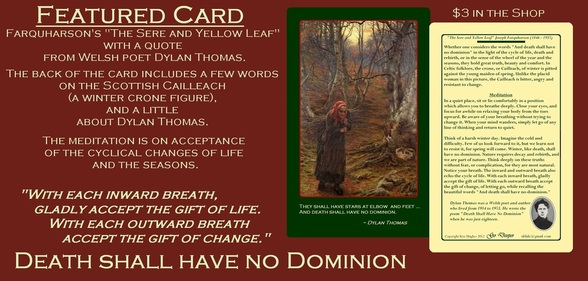

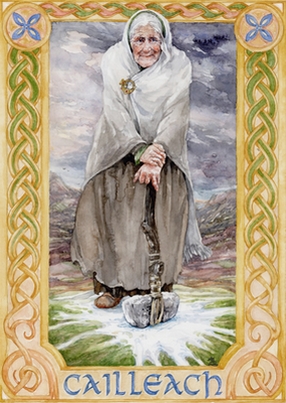
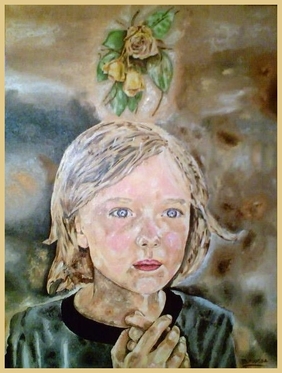

 RSS Feed
RSS Feed




